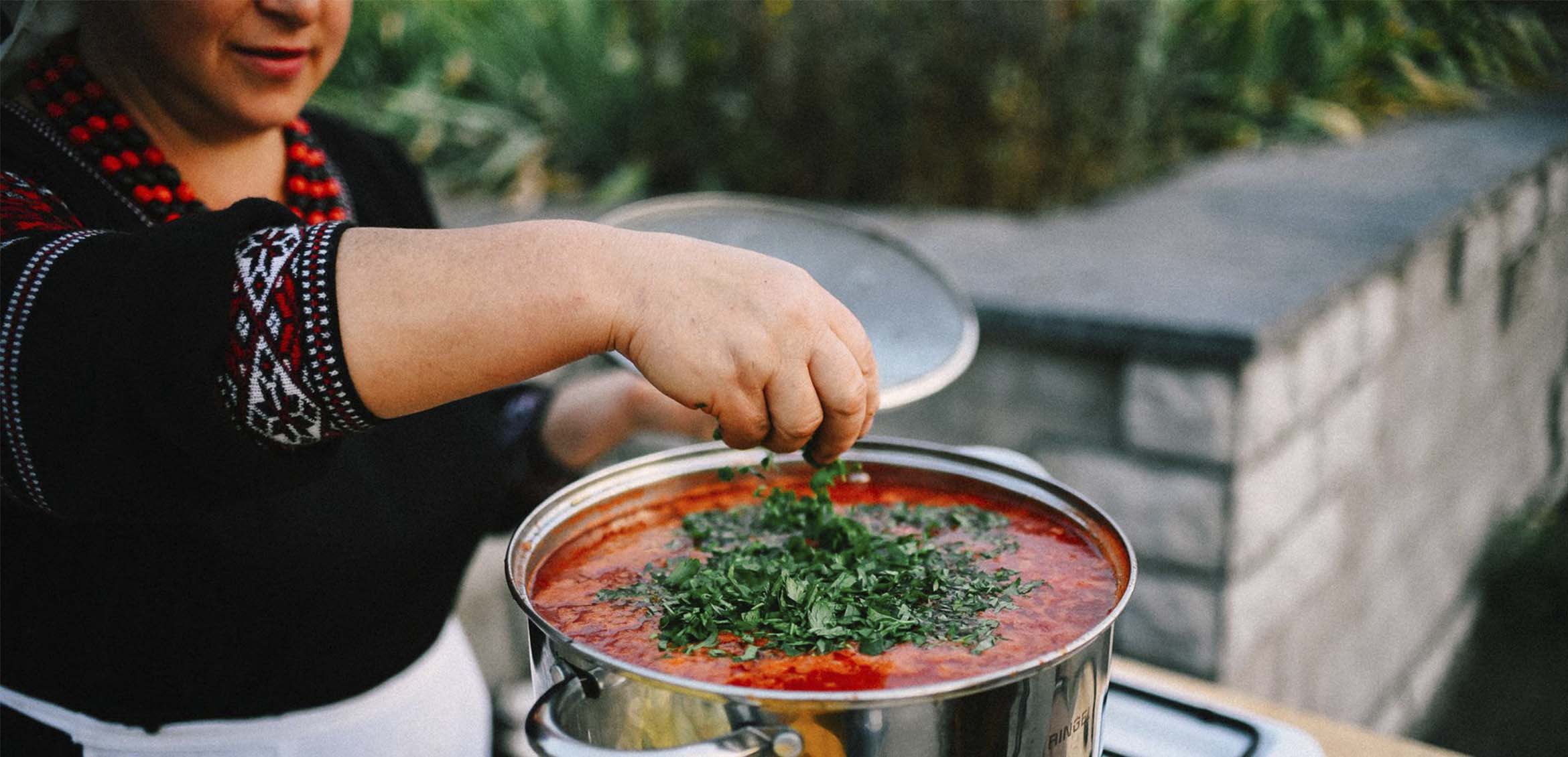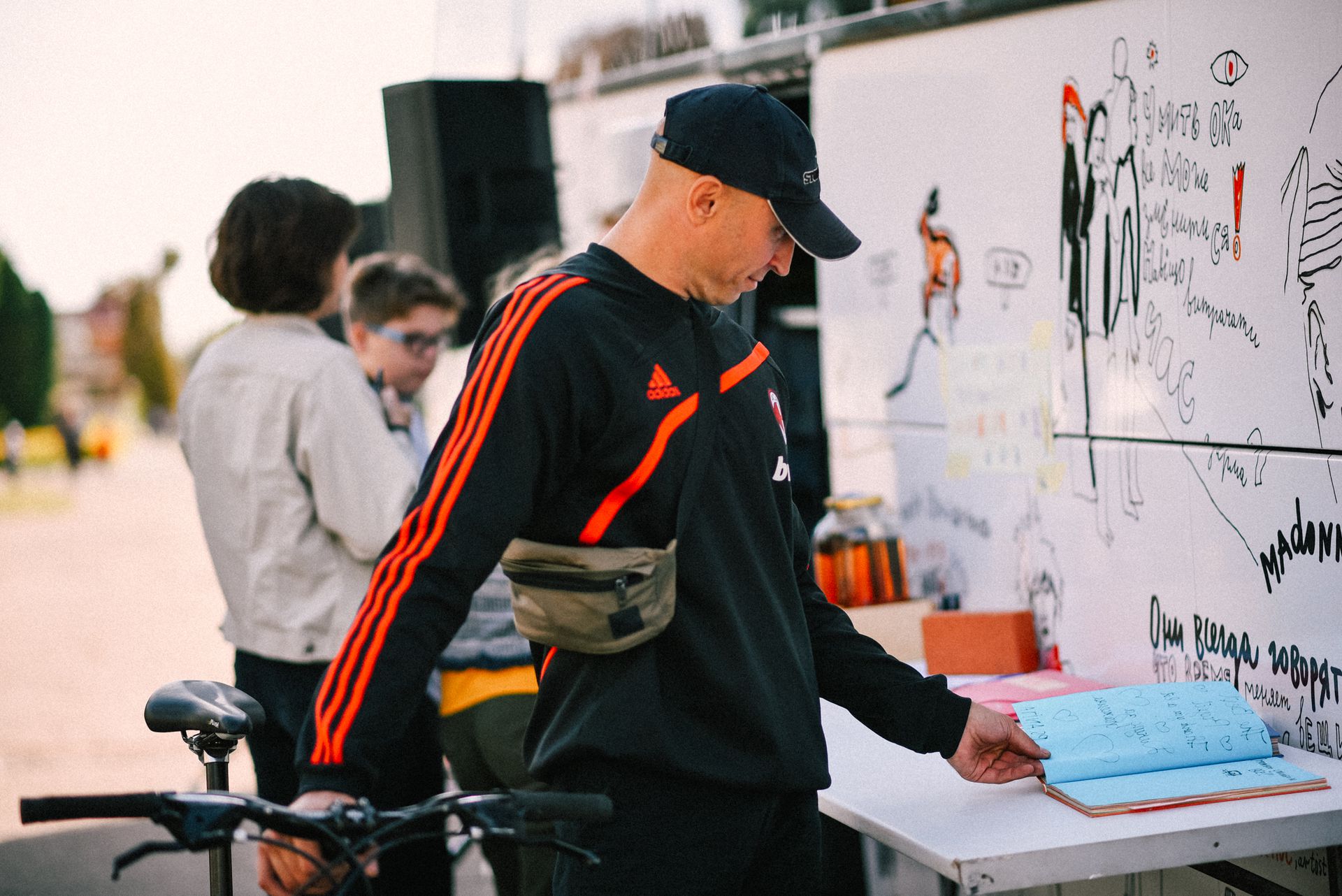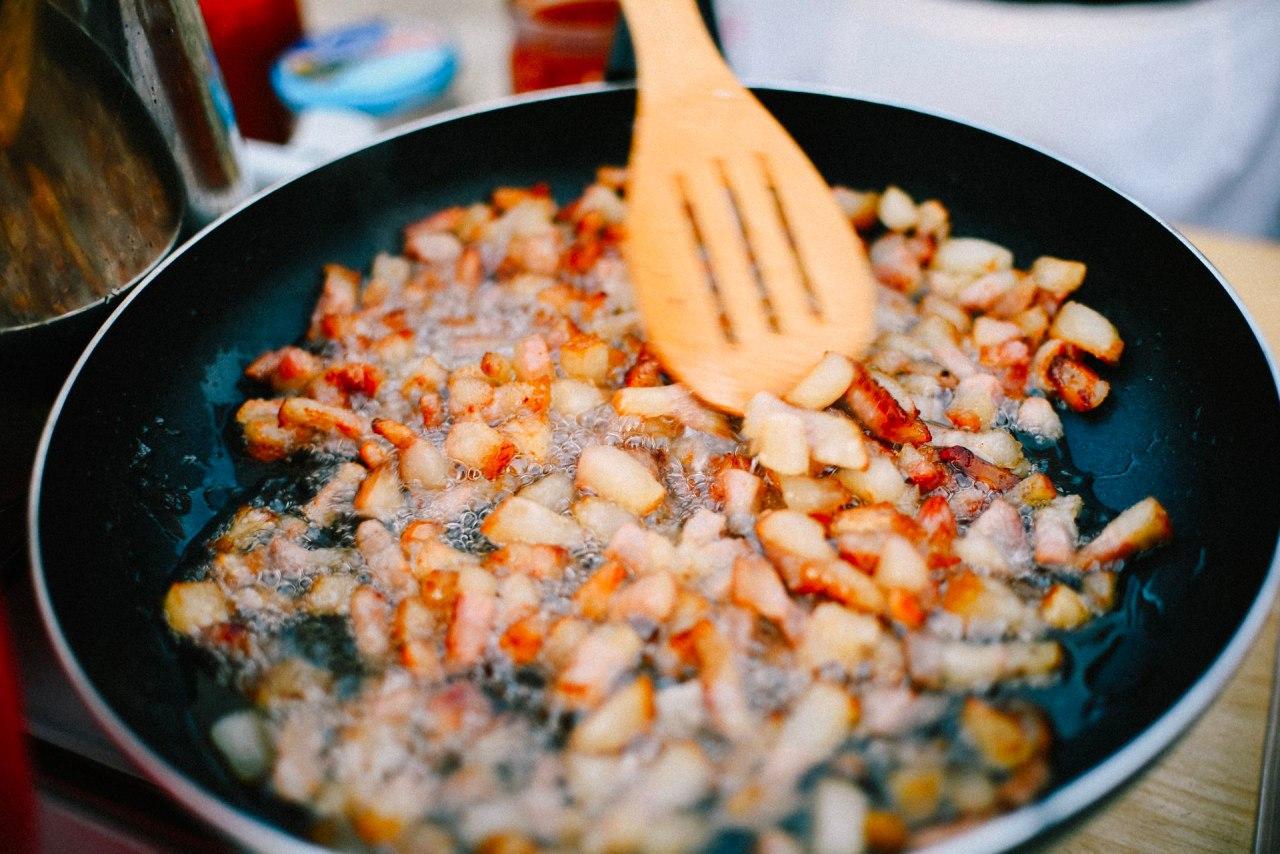BORSCHT IN ACTION PT. 4

The quarantine continues, and so does #BorschtInAction Challenge! Every week we publish recipes recorded directly from the best chefs of the towns and villages visited by the mobile cultural center Gurtobus during our 2019 season.

On our trips, we not only researched borscht, we also engaged with the best traditions of community cooking hands on with Gurtobus’s field kitchen, an invaluable part of the pop-up public space the project creates in each town. Borscht was also tasted by the participants of our workshops and film screenings, after which they filled in questionnaires about regional peculiarities of borscht and the gastronomic culture around this dish.

Subsequently, the questionnaires have become a database for the anthropological study of Borscht cuisine, the results of which we will soon publish. You can also help with the project by complete the questionnaire at the link, so we can include your data in the next research cycle!
If you would like to take part in our online #BorschInAction challenge, simply share your own family borscht recipe with photos and the #borschtinaction hashtag on Instagram or Facebook!
This week we invite you to cook borsch from Kozelets in Chernihiv region:
Kozelets borscht with pork rinds
(cook: Oleksandra Velihorska, Kozelets, Chernihiv region)
For the Gurtobus’s Anthropological kitchen, I cooked 8 liters of my signature borscht. To do this, pre-soak 300 grams of beans in water, then boil them. While the beans are simmering, chop the salo* (I use half a kilogram of pork belly).
Next, chop the vegetables: 2 kg of potatoes, 4 beets, 2 onions, 2 carrots and 1 kg of cabbage. When the beans are almost ready, throw the potatoes into the pot.
Fry the salo in a pan with the beets, stirring and simmering for 5 minutes, then add carrots, onions and 150 grams of tomato paste.
The special taste of Kozelets borscht is achieved with the canned homemade sauce made from tomatoes, onions and bell peppers in a 3:1:1 ratio. A half-liter jar is just enough for 8 liters of borscht.
Mix the dressing with zasmazhka*, cook until ready and add the mixture to the borscht pot along with the chopped cabbage.
Add salt, bay leaf, black ground pepper and herbs to taste. Borscht should be served with homemade sour cream.
Thanks again to our local partners, the Kozelets Rural Council for their help in organizing the Gurtobus event in Kozelets and especially to chef Oleksandra Velihorska!
* Salo is a common Ukrainian term for cured pork fat. It is commonly used in cooking, as well as eaten on bread and with shots of samagon, or Ukrainian moonshine.
*Zasmazhka is a Ukrainian word without a direct English equivalent, meaning pan sautéd vegetables used for soup base.